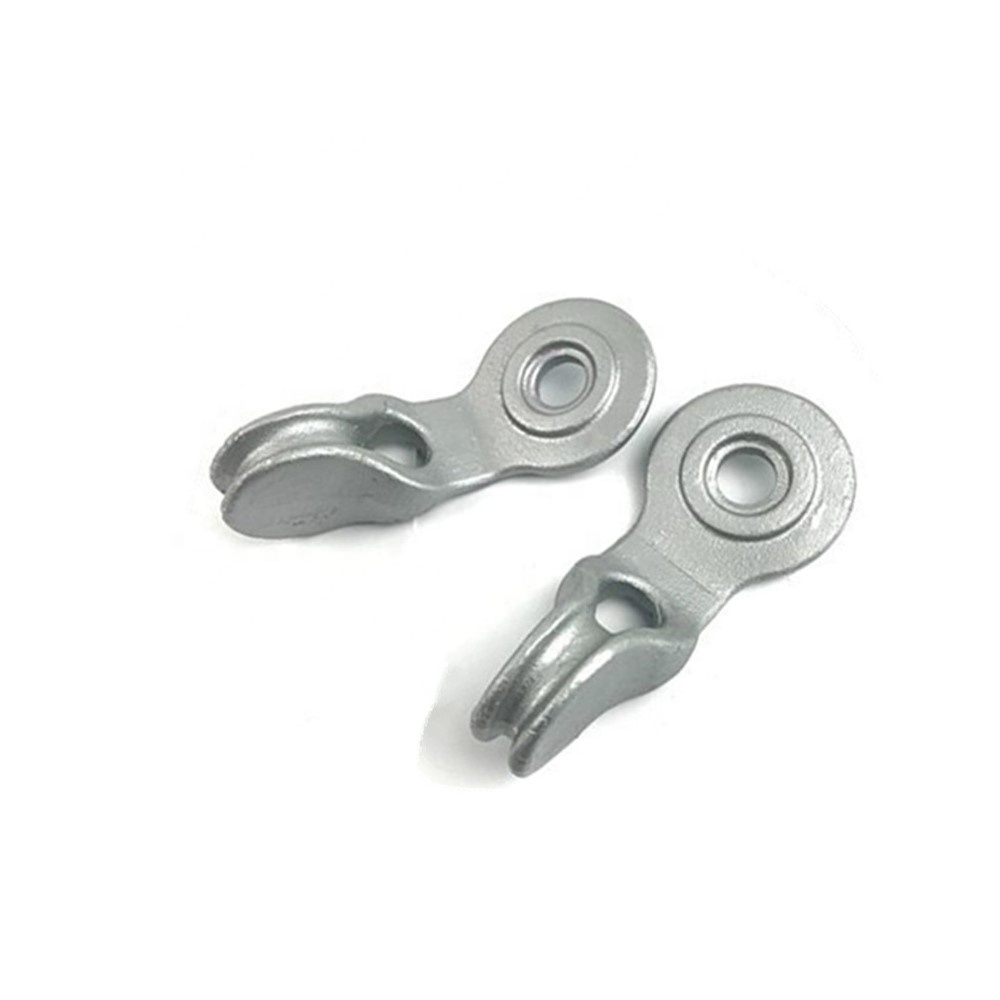
An eyelet is a component used to attach the conductors to the supporting structures. It provides a secure and reliable connection between the conductor and the supporting structure. An eyelet is of high-strength materials. These materials are able to withstand the mechanical forces and environmental conditions. These materials include steel, aluminum or galvanized steel. The eyelet involves a loop at one end where the conductor passes. The different designs allow for safe and efficient attachment of the conductor. Eyelets find use in applications such as electrical power transmission, telecommunications, distribution networks and stationery.
Components of an eyelet
An eyelet has various components working together to provide a reliable and efficient connection. This connection is between the conductor and the supporting structure. The loop of the eyelet allows for easy threading of the conductor and the attachment point secures the eyelet to the structure. This ensures the conductor remains in place even under mechanical forces. The components are as follows.
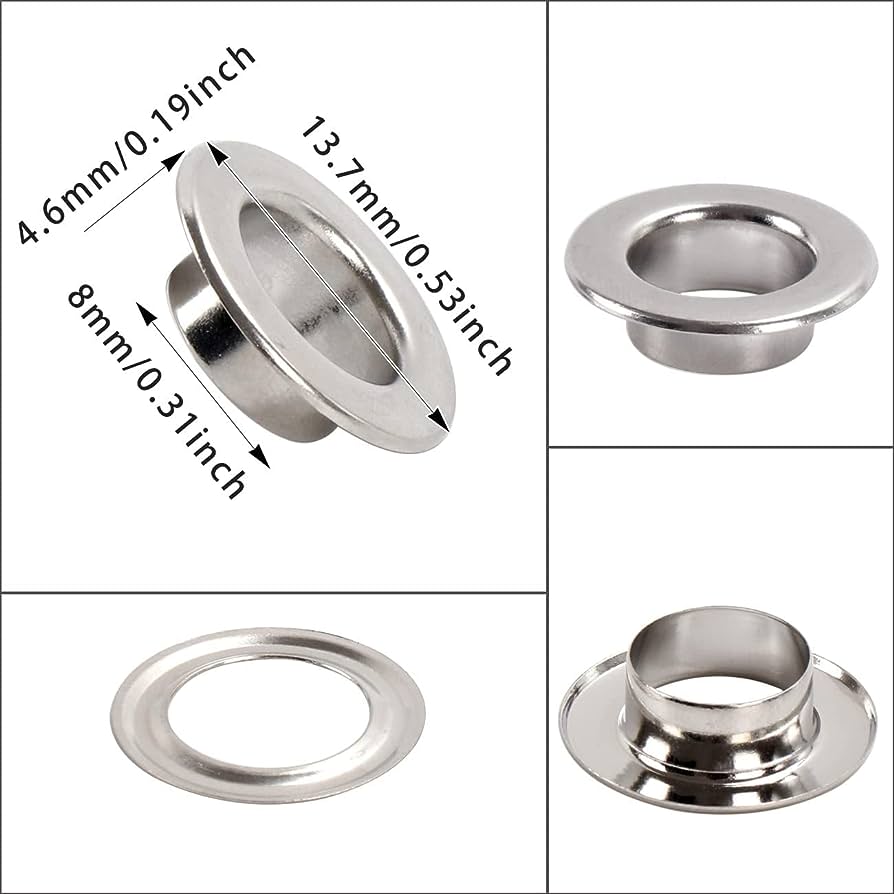
- Grommet – this is the main circular component made of materials such as metal, plastic or fabric-reinforced rubber.
- Barrel – this is a cylindrical part of the eyelet surrounding the hole to connect the two sides of the ring.
- Flange – this is the flat, wider rim sitting on the surface of the materials when the eyelet sets in place. This component provides stability and prevents the eyelet from pulling through the material.
- Shank – this is the cylindrical tube on the back of the eyelet extending through the material.
- Hole – this is where the cords, laces or other fasteners pass through.
Types of eyelets used in overhead transmission lines
There are several types and designs of the eyelet to select from for your application. The specific type of the eyelet used depends on the intended application, the material and level of durability and aesthetics. Additionally, they help to maintain electrical continuity, prevent loosening and ensure safe and efficient electricity transmission. The following are the common types of the eyelets.
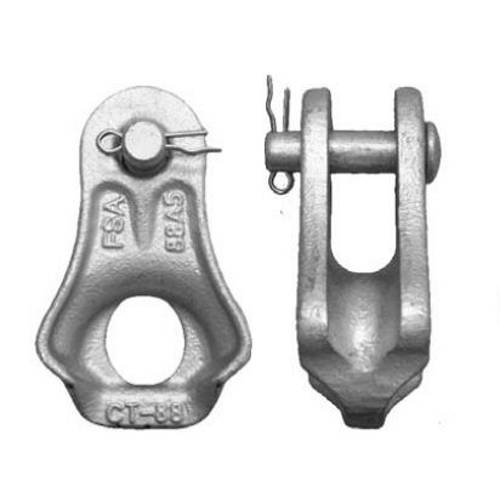
- Metal eyelets – these are the most common types of eyelets often used in clothing, shoes and leather goods. They increase strength, durability and longevity.
- Plastic eyelets – these types are lightweight and corrosion-resistant. They often work in lightweight fabrics and materials like banner and outdoor gear.
- Self-piercing eyelet – these eyelets have a sharp piercing component which removes the need for holes.
- Standard eyelets – these are the most common types of eyelets used in applications such as clothing, footwear and bags.
- Insulator eyelets – some insulators incorporate the use of eyelets to ease the attachment of conductors and other components.
Applications of eyelets on overhead transmission lines
Eyelets find use in various applications in the power transmission and distribution industry. They work in specific areas to provide secure and reliable electrical connections. Additionally, the use of eyelets helps maintain electrical continuity, prevent loosening and ensure safe and efficient electricity transmission. They also contribute to the overall reliability and performance of electrical systems. The following are the application areas of eyelets.
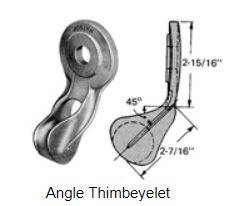
- Electrical terminals – eyelets create a strong connection between the cables or power sources. They ensure a reliable electrical contact, reducing the risk of power loss of electrical failures.
- Power transformers – eyelets secure winding wires and provide efficient electrical connections. This ensures reliable energy transfer and minimizing power losses.
- Automotive electric systems – the eyelets secure wires and cables to provide a stable connection for lighting, sensors, ignition systems and other electrical components.
- Renewable energy systems – they also work in technologies such as solar panels, wind turbines and battery systems. This helps to establish reliable electrical connections.
- Telecommunication – they also provide reliable connections for data transmission to communication equipment.
- Printed circuits boards – the eyelets create a secure electrical connection between components of the board.
- Electrical appliances – they also serve as connection points between internal electrical components and extreme power sources.
- Power distribution equipment – eyelets secure the wiring and creates a reliable connection between various components.
- Power generation equipment – eyelets work in generators and alternators to secure windings and ease the flow of electrical energy.
Eyelet Installation guide
Installation of the eyelet should meet the safety and reliability of the intended application. The installation process requires specific tools and techniques to ensure a secure installation. Additionally, it is advisable to consult with experts in the industry to help in the installation whenever in doubt. The following is a basic step by step process for installing the eyelets.
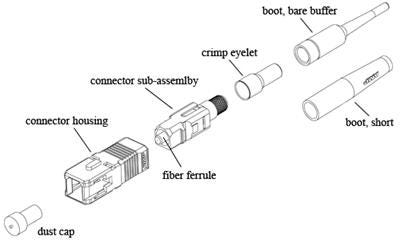
- Choose the right size and type of eyelet for your project and consider material you are working with.
- Mark the location where you want to install the eyelet and create a clean hole at the marked spot using a hole punch.
- Place the eyelet through the hole from the front side of the material and make sure the flange of the eyelet is flush against the front surface of the material.
- Position the eyelet setting tool over the backside of the eyelets and ensure the setting tool fits around the eyelet barrel.
- Strike the setting tool’s top surface firmly and evenly using enough force to compress the eyelet barrel and create a secure fit.
- Inspect both sides of the material to ensure that the eyelets is set properly.
- Clean up the work area and remove any excess material or debris.
Selecting the best eyelet for your application
Selecting an eyelet for your application depends on various factors to consider. The selected eyelets should meet the specific requirements of the application and ensure safety and reliability. It should also ensure durability and successful outcome of your project. Also, you should seek guidance from industry professionals to help in determining the best eyelets for your application needs. The following are the common factors to consider when purchasing eyelets.
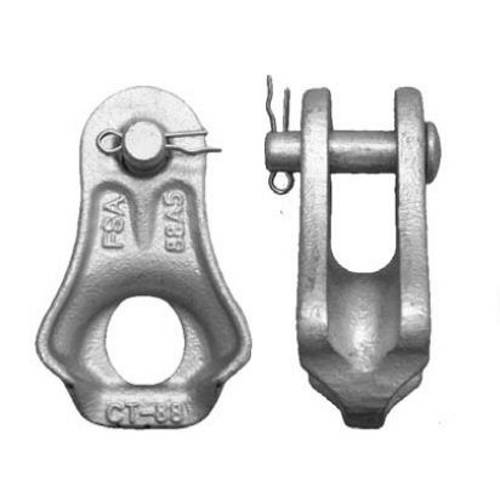
- Ensure the selected eyelets complies with the relevant safety and regulatory standards.
- Consider the number of eyelets you need for your project and factor in the overall cost.
- Choose an eyelet that is easy to install and maintain without needs for expertise.
- Ensure the selected eyelets can handle the expected over load and stress on the transmission lines.
- Choose and eyelet that suits your project which should be large enough to accommodate the cords, laces or fasteners.
- Select the type of eyelet that best matches your needs for durability, appearance and ease of installation.
- Consider the material and environmental conditions around the component. It should enhance durability and offer corrosion resistance.
Frequently asked questions
What is an eyelet as used in overhead transmission lines?
An eyelet is a hardware component used to attach the conductors to the supporting structures. It provides a secure and reliable connection between the conductor and the supporting structure.
What are the benefits of using an eyelet?
Eyelets offer several benefits due to their functional, aesthetic properties and ease of use in versatile components. The benefits include enhanced durability, lightweight, consistency, cable management, ease of installation, aesthetics and secure fastening.
What are the limitations of eyelets?
Despite the many benefits of the eyelets, they also have various limitations. These limitations include complex installation, non-adjustability, high overall cost, electrical conductivity, limited load capacity, complex designs and deformation with force. These limitations should be addressed first before selecting the eyelet for your application.
